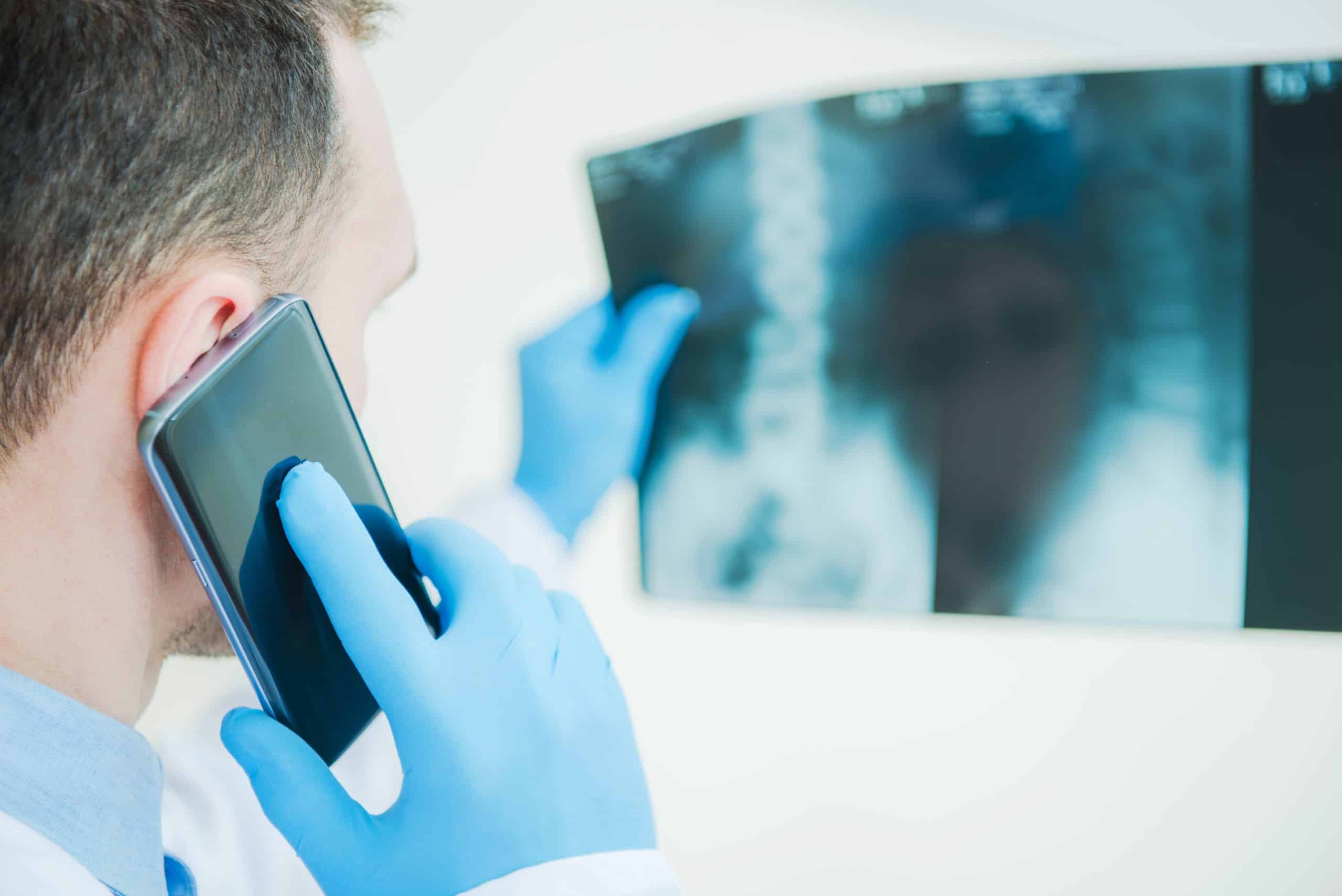When it comes to sports injuries, quick and accurate diagnosis is crucial. Thanks to advanced medical imaging techniques such as MRI and ultrasound, doctors can identify and manage injuries with great precision. Whether you are athletes or simply sports enthusiasts, understanding the role of imaging in sports medicine can provide insights into your recovery process.
The Use of Imaging in Diagnosing Sports Injuries
When you experience a sports injury, diagnosing the issue accurately is the first and most important step. Imaging techniques like MRI and ultrasound play a pivotal role here.
A lire également : How can grassroots sports initiatives contribute to reducing youth crime rates?
MRI, or Magnetic Resonance Imaging, is a non-invasive technique that uses magnetic fields and radio waves to generate detailed images of the body’s organs and structures. This makes it particularly useful for diagnosing injuries related to muscles, ligaments, and tendons, which are common in sports. It can even help identify acute injuries that may not be apparent on a basic physical examination.
On the other hand, ultrasound is a diagnostic tool that uses high-frequency sound waves to create images of the body’s internal structures. It’s excellent for visualizing soft tissue injuries and can provide real-time dynamic images, making it ideal for diagnosing conditions like tendon tears or inflammation.
Sujet a lire : What are the psychological impacts of career-ending injuries on professional athletes?
Imaging in Sports Medicine: Beyond Diagnosis
However, the role of imaging in sports medicine goes beyond just diagnosing injuries. It’s also invaluable in injury management and recovery.
One of the key benefits of advanced imaging techniques is their ability to monitor the healing process. For instance, an MRI can show how effectively a torn muscle is healing, or if further intervention is needed. This allows doctors to tailor recovery plans to individual patients, increasing the chances of a successful return to sports.
Imaging can also play a preventive role. Regular imaging checks can help identify early signs of overuse injuries that, if left unchecked, can lead to serious damage. This is particularly relevant for professional athletes whose bodies undergo significant stress due to intense training schedules.
Clinical Applications: Case Studies
Numerous scholarly and clinical sources highlight the importance of imaging in sports medicine. A quick Google or Crossref search will yield countless studies and case reports documenting how MRI or ultrasound have been used to diagnose, manage, and even prevent sports injuries.
For instance, a study published in the American Journal of Sports Medicine used MRI to diagnose and manage osteitis pubis in soccer players. The imaging provided clear evidence of the condition, allowing for targeted treatment that led to improved recovery times.
In another case, a report in the British Journal of Sports Medicine detailed how ultrasound was utilized to diagnose a patellar tendon tear in a basketball player. The imaging enabled a precise diagnosis, which facilitated a successful surgical intervention and subsequent recovery.
Imaging and Patient Experience
The story of sports injury diagnosis and management is not just about the clinical side of things. Patient experience matters too. Advanced imaging techniques can significantly improve this aspect of care.
With an accurate diagnosis, you can better understand your injury and the path to recovery. This can help alleviate the fear and uncertainty that often accompanies sports injuries. Knowing that your diagnosis is based on a detailed view of the injury can provide reassurance, making the recovery journey less daunting.
Furthermore, imaging can aid in pain management. This is particularly important for injuries that cause chronic or severe pain. Imaging can guide interventions like cortisone injections, ensuring they are delivered precisely, thus maximizing their effect while minimizing potential side effects.
While it’s true that sports injuries can be disruptive and frightening, the use of advanced imaging techniques like MRI and ultrasound in diagnosis and management offers a silver lining. With the clinical precision they provide, coupled with the benefits they bring to patient experience and recovery, these tools represent a significant advancement in sports medicine.
In the end, whether you’re a professional athlete or a weekend warrior, understanding the role of imaging in sports injury diagnosis and management can empower you to take an active role in your recovery journey.
The Role of Advanced Imaging Techniques in Physical Therapy and Rehabilitation
Physical therapists also leverage the benefits of advanced imaging techniques like MRI and ultrasound. These modalities aid in devising effective rehabilitation strategies, thereby ensuring healthy and faster recovery times.
In the realm of physical therapy, diagnostic imaging plays a significant role in assessing the severity of muscle injuries. Magnetic resonance imaging, for instance, can give a clear picture of the extent of soft tissue damage. This information is critical in determining the appropriate rehabilitation protocol.
For example, an athlete with a severe muscle injury might need a more rigorous and extended period of rehabilitation compared with someone with minor muscle tears. Advanced imaging modalities also help physical therapists monitor the progression of the healing process, ensuring that the therapy is working as intended.
Moreover, diffusion tensor imaging, a type of MRI, is increasingly being used to visualize and assess spinal cord injuries. This advanced imaging technique can provide a three-dimensional view of the spinal cord, enabling physical therapists and doctors to detect even the subtlest changes in the tissue structure.
Imaging techniques are not just limited to diagnosis and management; they also play a preventive role. Regular imaging checks identify early signs of overuse injuries that might otherwise go unnoticed. Such timely detection prevents the situation from escalating into serious damage, providing an opportunity for early intervention.
Evidently, advanced imaging techniques have significantly influenced the domain of physical therapy, facilitating effective diagnosis, management, and prevention of sports injuries.
Conclusion: The Future of Advanced Imaging in Sports Medicine
While already integral to sports medicine, the role of advanced imaging techniques is only set to grow in the future. The advent of technologies such as computed tomography and diffusion tensor imaging have broadened the scope of what we can visualize and understand about sports injuries.
The therapeutic influence of advanced imaging techniques in sports med extends beyond mere diagnosis. They are pivotal in determining the course of treatment, monitoring recovery, and even in preventing injuries. Further, these techniques significantly enhance patient experience by providing a clear understanding of the injury and a road-map for the return to play.
Access to a multitude of research studies and case reports on Google Scholar and PubMed reinforce the growing reliance on imaging in sports medicine. They offer insights into the clinical applications of these techniques, hence encouraging more practitioners to incorporate them into their practice.
In conclusion, while the pain and disruption caused by sports injuries can be daunting, the advancements in imaging techniques offer hope. They provide a silver lining by enabling precise diagnosis, effective management, and improved recovery times. By understanding the role and benefits of imaging techniques in sports injury diagnosis and management, athletes can be empowered to take an active role in their recovery journey. This, in turn, can aid in a faster, safer return to play, echoing the adage: knowledge is power.













